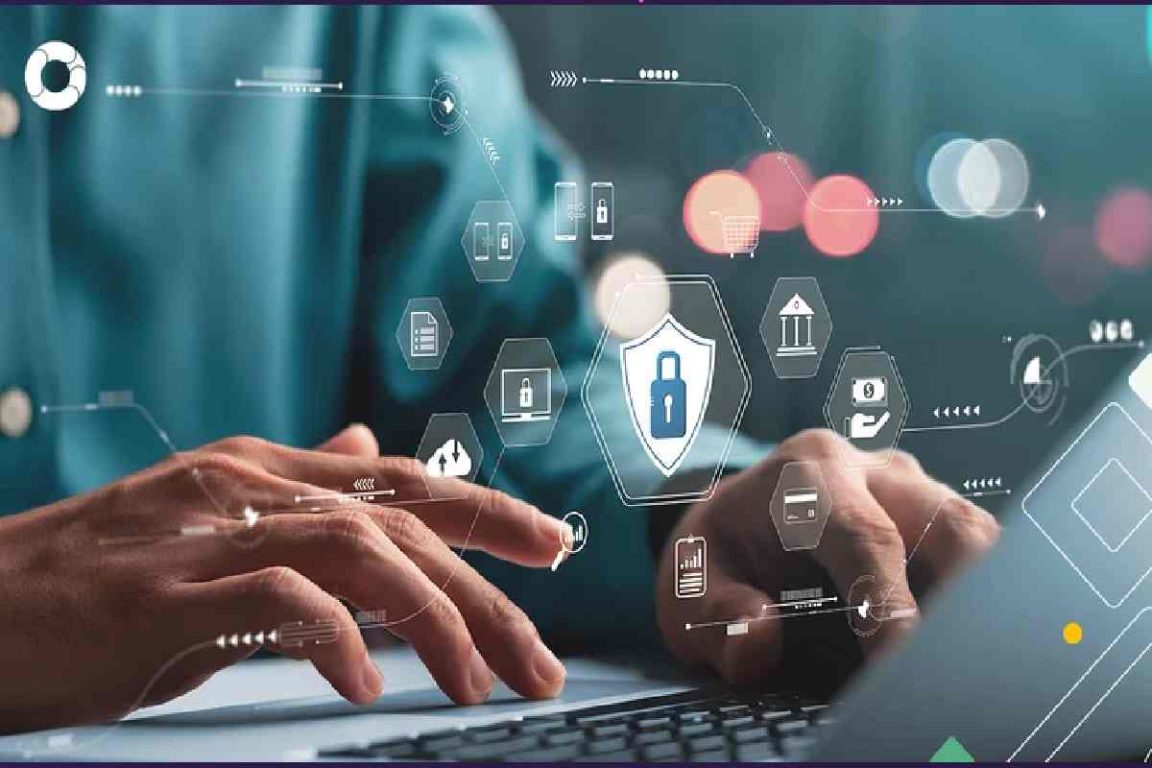Protect your company’s IT assets? – In the age of hyperconnectivity, we are continually exposed to potential risks, which may or may not be technological. The first step to start protecting your company’s assets is starting with the training of all personnel, including managers and CEO’s of the company.
In the first instance, we can say that an asset is the organization’s information . It can be found in different ways, for example, in digital format (through electronic media files or optical media), in physical form (whether written or printed on paper), as well as in an unrepresented way, can be the ideas or knowledge of people. In this sense, information assets can be found in different forms.
Therefore, regardless of its form or state, it requires adequate protection measures, depending on its importance, which is why the use of technology is often an essential element in organizations because it facilitates its creation, processing, storage, transmission, protection or, when required, its destruction.
For this reason, constant updating in information security counteracts some of the risks that applications can bring to companies that create new ways to commit fraud and theft of confidential information.
Data Protection
Recommendations to protect assets
Protecting your organization’s IT assets goes beyond just having an antivirus and systems experts, it is necessary to implement a series of practices throughout the company. We describe them below.
• You can’t protect everything
Regarding the assets to be protected, we must be aware that it is no longer possible to insure everything and eliminate all risks. That requires prioritizing and starting with the most important. Each company knows better than anyone what assets it has and which are critical for its operations to develop normally. Therefore, it is recommended that each one define well what are the resources and data that must be secured to guarantee the activity.
• The creation of a safety culture
With this starting point, it is needed to define a protection strategy. For this, it is essential to work cross-sectionally with all company departments, as well as incorporate specialized systems, tools and methodologies and, finally, be advised by security experts. Protocols must come out of this work that all employees know, understand and follow. Therefore, this requires planning and maintaining training initiatives for the entire workforce. Only in this way will it be likely to create a culture where everyone contributes to maintaining an adequate level of security and is capable of detecting breaches or suspicious incidents. This plan may also include training for customers using the organization’s infrastructure, products, or services.
• Contingency plan
A contingency plan must be defined so that the organization is prepared to act in the event of an attack. If an incident occurs, the objective must be to restore activity and return to normality as soon as possible with minimal damage. That plan must be put to the test with practical tests and undergo the necessary adjustments in order to be talented to adapt it to the changing conditions of the environment.
• Legal and competitive implications
Although the responsibility for implementing a comprehensive security plan in the organization lies with senior management, it is no longer enough to start the process and delegate the execution and maintenance to the department related to information and communication technologies. When we talk about security , we should all feel responsible. We must know the dangers that can affect us, be able to identify them and act appropriately when they occur.
Management, for its part, must take care of training its employees, providing the necessary tools for the protection of the company and notifying the authorities of incidents that occur, in accordance with current legislation at all times.
How Software Asset Management minimizes security risks?
Managing and optimizing license agreements and the use of different applications and software can also help reduce security risks. Here are six top ways your business can use SAM to help minimize security risk:
• Use of inventory to identify malicious elements
In order to effectively maintain a strong security posture, it is imperative to have an inventory of all software deployed in the enterprise. Regular use of this information helps prevent workers from using unauthorized applications and identify any unknown and unapproved programs. SAM platforms have the ability to maintain and detect blacklisting tools; identify fraudulent software, which can help reduce vulnerability levels.
• Prevention of the use of risky applications
With visibility into the programs implemented within the company, it becomes easier to prevent the use of suspicious or malicious applications. Even with strict usage policies for software usage, with organizations using portable storage and mobile devices, software can be installed behind a firewall. The use of information available in the discovery and inventory function means that companies can disable unacceptable programs and access control ensures that only authorized or selected users can access certain software.
• Examine usage data if a security breach occurs
SAM tools create an additional layer of application security by providing an instant, real-time view of which employees are accessing which programs. In the unfortunate situation of a security breach, the SAM functionality allows organizations to examine application usage data. This is essential to identify when the suspicious software was last used and who started it to help resolve the issue faster.
• Promote rationalization and standardization
SAM tools can identify any redundant or outdated software, ensuring that only necessary and required software remains available. By encouraging rationalization and standardization of the number of unused software titles, organizations allow IT to back up and modify fewer applications at a security risk, especially when only 50% of organizations have trained staff to help deal with them. with these threats.
• Take advantage of patch management
Using SAM to support patch management can support process efficiencies and ensure target system reach is complete and current, which becomes more crucial after a recent statistic that less than 25% of patches Organizations are applying the latest security software patches within 24 hours of release. This will result in faster reactions in the unfortunate event of a threat, resulting in time and cost savings, as well as ensuring that all devices on the network are running the required security software.
• Antivirus software checks
With access to a Software Recognition Database (SRDB), SAM tools allow organizations to perform antivirus software checks and notify computers that do not have antivirus software installed. This results in the company being able to help reduce the amount of risk in the future by ensuring that these computers are protected.
As you can see, software management is one of the best tools you have to protect your IT assets from security risks and thus take care of your company’s information.




